Discoloration of Bathroom Sink: Causes and Solutions
If you've noticed discoloration on your bathroom sink, you're not alone. This common issue can be caused by a variety of factors, but the good news is that there are solutions for restoring your sink to its former glory. In this article, we'll discuss the top 10 causes of bathroom sink discoloration and provide tips for removing stains and preventing future discoloration. Let's get started!
How to Remove Stains from Your Bathroom Sink
One of the most frustrating things about bathroom sink discoloration is trying to figure out how to remove the stains. Hard water deposits, soap scum, and rust are some of the most common culprits, but there are also other factors to consider, such as the type of sink material and the cleaning products you use.
Before attempting any stain removal methods, it's important to test a small, inconspicuous area first to ensure it won't damage your sink. For most types of discoloration, a simple solution of water and white vinegar can be effective. For tougher stains, you may need to use a commercial cleaner specifically designed for your sink material. Always follow the instructions on the cleaner and avoid using abrasive materials that could scratch your sink.
Preventing and Treating Discoloration in Your Bathroom Sink
Prevention is key when it comes to keeping your bathroom sink looking clean and stain-free. Regular cleaning and maintenance can go a long way in preventing discoloration from occurring. Make sure to wipe down your sink after each use and avoid leaving standing water for extended periods of time. If you notice any stains or discoloration, address them as soon as possible to prevent them from becoming more difficult to remove.
If your sink is already discolored, there are several options for treating it. For minor discoloration, you may be able to use a gentle scrubbing pad with a non-abrasive cleaner or a paste made from baking soda and water. For more severe discoloration, you may need to use a stronger cleaner or consider hiring a professional cleaning service.
Common Causes of Bathroom Sink Discoloration
1. Hard water: If your home has hard water, mineral deposits can build up on your sink and cause discoloration over time.
2. Soap scum: Soap scum can accumulate on your sink and cause a yellowish or brownish film to form.
3. Rust: If your sink is made of metal, rust can develop from exposure to moisture, causing a reddish-brown discoloration.
4. Stains from products: Certain cleaning products, hair dyes, and other beauty products can leave stains on your sink if they come into contact with it.
5. Improper cleaning: Using harsh or abrasive cleaners can damage your sink and cause discoloration.
6. Age and wear: Over time, sinks can become discolored simply from regular use and exposure to water and cleaning products.
DIY Solutions for Discolored Bathroom Sinks
If you prefer to take a more hands-on approach to removing stains from your bathroom sink, there are several DIY solutions you can try.
1. Baking soda and water: As mentioned earlier, a paste made from baking soda and water can be an effective cleaner for mild discoloration.
2. Lemon juice: The acidity in lemon juice can help dissolve hard water deposits and soap scum. Simply apply lemon juice to the affected area and let it sit for a few minutes before wiping it away.
3. Hydrogen peroxide: Another effective natural cleaner, hydrogen peroxide can help remove stains from your sink. Mix equal parts hydrogen peroxide and water and apply it to the stain, then scrub with a soft cloth or sponge.
Professional Cleaning Options for Discolored Bathroom Sinks
If DIY solutions aren't cutting it, or if you simply don't have the time or desire to tackle the issue yourself, there are professional cleaning options available.
1. Professional cleaners: Many cleaning companies offer services specifically for removing discoloration from bathroom sinks. They will have the expertise and proper tools to get the job done effectively.
2. Sink refinishing: For more severe discoloration, refinishing your sink may be the best option. This involves sanding down the affected area and applying a new finish to restore its original appearance.
Understanding the Different Types of Bathroom Sink Discoloration
1. Yellow or brown stains: These are typically caused by hard water deposits or soap scum.
2. Reddish-brown stains: Rust is the most common cause of this type of discoloration.
3. Green or blue stains: These can be caused by the presence of copper or other metals in your water supply.
4. Black stains: Mold or mildew can cause black discoloration in your sink, especially in damp or poorly ventilated areas.
How to Maintain a Clean and Stain-Free Bathroom Sink
Once you've successfully removed stains from your bathroom sink, it's important to maintain a regular cleaning routine to prevent them from coming back.
1. Wipe down your sink after each use: This will prevent water and soap scum from building up and causing discoloration.
2. Use a gentle cleaner: Avoid harsh or abrasive cleaners that can damage your sink. Stick to non-abrasive options and always test a small area first.
3. Avoid leaving products on your sink: If you use hair dye or other products that could stain your sink, be sure to wipe them away immediately after use.
Dealing with Hard Water Stains on Your Bathroom Sink
Hard water stains are a common problem in many households and can be particularly stubborn to remove. The key to preventing and removing hard water stains is to regularly clean and dry your sink to prevent mineral buildup. You can also install a water softening system to help reduce mineral deposits in your water supply.
Preventing Discoloration in Your Bathroom Sink: Tips and Tricks
1. Install a water filter: This can help reduce mineral deposits and other impurities in your water supply.
2. Use a squeegee: After each use, wipe down your sink with a squeegee to remove excess water and prevent staining.
3. Clean regularly: To prevent buildup and discoloration, clean your sink at least once a week with a non-abrasive cleaner.
In conclusion, bathroom sink discoloration is a common issue that can be caused by a variety of factors. But with the right knowledge and maintenance, you can keep your sink looking clean and stain-free. Whether you choose to tackle the problem yourself or hire a professional, regular cleaning and preventive measures are key for maintaining a beautiful and functional bathroom sink.
Causes of Discoloration in Bathroom Sinks

Hard Water
 One of the most common causes of discoloration in bathroom sinks is hard water. This occurs when water contains high levels of minerals such as calcium and magnesium. As water flows through pipes and fixtures, it leaves behind mineral deposits that can build up over time. These deposits can cause a yellow or brownish discoloration on the surface of the sink, making it appear dirty and unsightly.
Hard water can also cause damage to your sink over time
. The mineral deposits can create a rough surface that is difficult to clean, leading to scratches and stains. This can also affect the water pressure in your sink, making it more difficult to wash away soap and debris.
One of the most common causes of discoloration in bathroom sinks is hard water. This occurs when water contains high levels of minerals such as calcium and magnesium. As water flows through pipes and fixtures, it leaves behind mineral deposits that can build up over time. These deposits can cause a yellow or brownish discoloration on the surface of the sink, making it appear dirty and unsightly.
Hard water can also cause damage to your sink over time
. The mineral deposits can create a rough surface that is difficult to clean, leading to scratches and stains. This can also affect the water pressure in your sink, making it more difficult to wash away soap and debris.
Mold and Mildew
 Another common cause of discoloration in bathroom sinks is the growth of mold and mildew. These fungi thrive in damp and dark environments, making the bathroom sink an ideal breeding ground.
Excessive moisture can lead to the growth of black, green, or pinkish stains on the sink surface.
Not only is this unsightly, but it can also be harmful to your health.
To prevent mold and mildew growth, it is important to keep your bathroom well-ventilated and dry. Wipe down the sink regularly and fix any leaks or water damage to prevent moisture buildup.
Another common cause of discoloration in bathroom sinks is the growth of mold and mildew. These fungi thrive in damp and dark environments, making the bathroom sink an ideal breeding ground.
Excessive moisture can lead to the growth of black, green, or pinkish stains on the sink surface.
Not only is this unsightly, but it can also be harmful to your health.
To prevent mold and mildew growth, it is important to keep your bathroom well-ventilated and dry. Wipe down the sink regularly and fix any leaks or water damage to prevent moisture buildup.
Chemical Cleaners
 Using harsh chemical cleaners on your bathroom sink can also cause discoloration. These cleaners can contain abrasive ingredients that can damage the surface of your sink and cause it to lose its shine.
Chemicals such as bleach and ammonia can also react with different types of sink materials, causing discoloration and damage.
To avoid this, opt for natural, non-abrasive cleaners or make your own using household ingredients like vinegar and baking soda. If you do use chemical cleaners, be sure to read the instructions carefully and test it on a small, inconspicuous area first.
Using harsh chemical cleaners on your bathroom sink can also cause discoloration. These cleaners can contain abrasive ingredients that can damage the surface of your sink and cause it to lose its shine.
Chemicals such as bleach and ammonia can also react with different types of sink materials, causing discoloration and damage.
To avoid this, opt for natural, non-abrasive cleaners or make your own using household ingredients like vinegar and baking soda. If you do use chemical cleaners, be sure to read the instructions carefully and test it on a small, inconspicuous area first.
Preventing and Treating Discoloration in Bathroom Sinks
 Now that you know some of the causes of discoloration in bathroom sinks, it's important to take steps to prevent and treat it. Regular cleaning and maintenance can go a long way in keeping your sink looking clean and bright.
First,
invest in a water softener
if you have hard water in your home. This will help reduce mineral buildup in your sink and prevent discoloration. You can also use a mixture of equal parts water and vinegar to remove any existing mineral deposits.
To prevent mold and mildew growth,
keep your bathroom well-ventilated
and dry. Wipe down the sink after each use and fix any leaks or water damage promptly. If you do notice mold or mildew, use a mixture of water and bleach to clean the affected area and prevent it from spreading.
Lastly,
use gentle and natural cleaners
to keep your sink clean and avoid any damage or discoloration. Regularly wiping down your sink with a mixture of water and vinegar can help keep it looking shiny and new.
In conclusion, discoloration of bathroom sinks can be caused by a variety of factors such as hard water, mold and mildew, and harsh chemical cleaners. By understanding the causes and taking preventive measures, you can keep your bathroom sink looking clean and beautiful for years to come.
Now that you know some of the causes of discoloration in bathroom sinks, it's important to take steps to prevent and treat it. Regular cleaning and maintenance can go a long way in keeping your sink looking clean and bright.
First,
invest in a water softener
if you have hard water in your home. This will help reduce mineral buildup in your sink and prevent discoloration. You can also use a mixture of equal parts water and vinegar to remove any existing mineral deposits.
To prevent mold and mildew growth,
keep your bathroom well-ventilated
and dry. Wipe down the sink after each use and fix any leaks or water damage promptly. If you do notice mold or mildew, use a mixture of water and bleach to clean the affected area and prevent it from spreading.
Lastly,
use gentle and natural cleaners
to keep your sink clean and avoid any damage or discoloration. Regularly wiping down your sink with a mixture of water and vinegar can help keep it looking shiny and new.
In conclusion, discoloration of bathroom sinks can be caused by a variety of factors such as hard water, mold and mildew, and harsh chemical cleaners. By understanding the causes and taking preventive measures, you can keep your bathroom sink looking clean and beautiful for years to come.

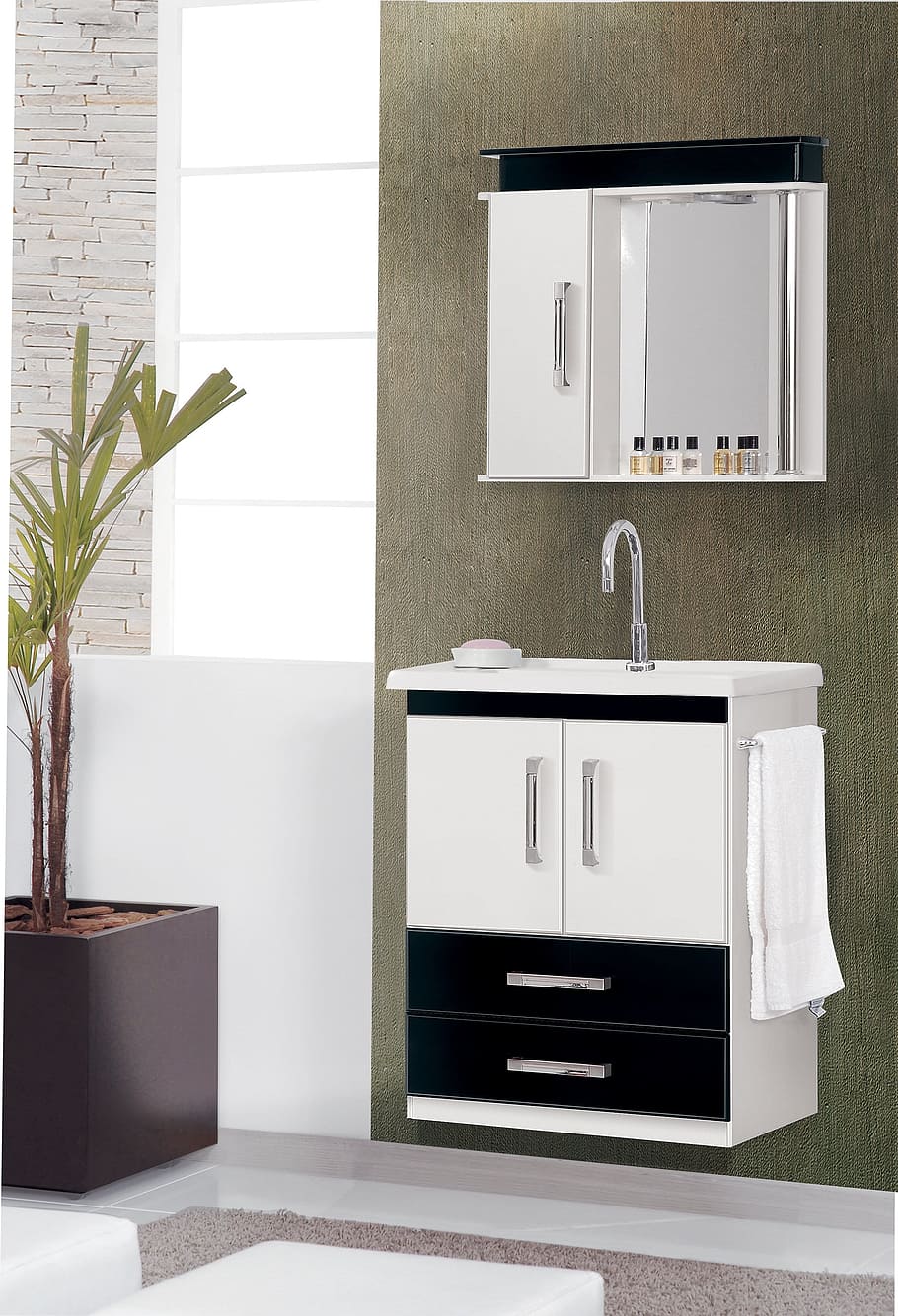

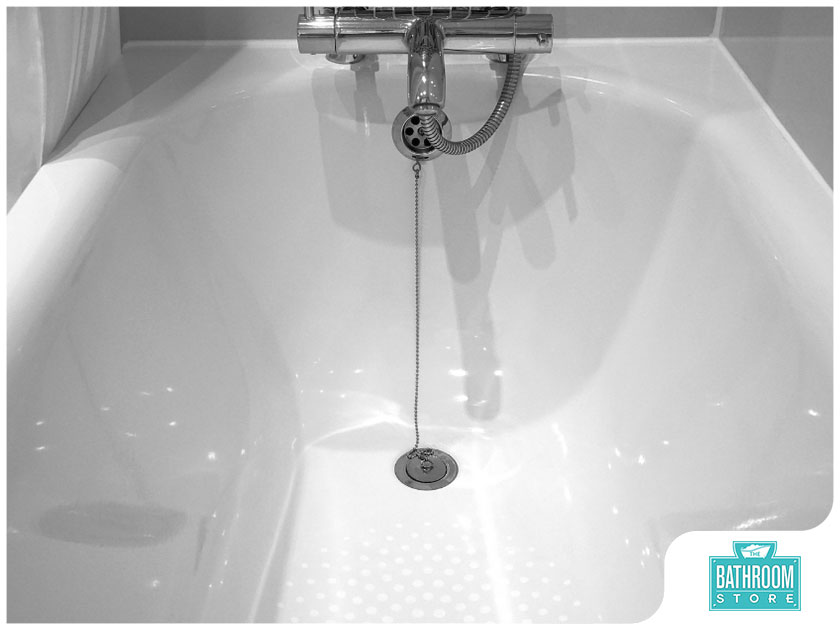
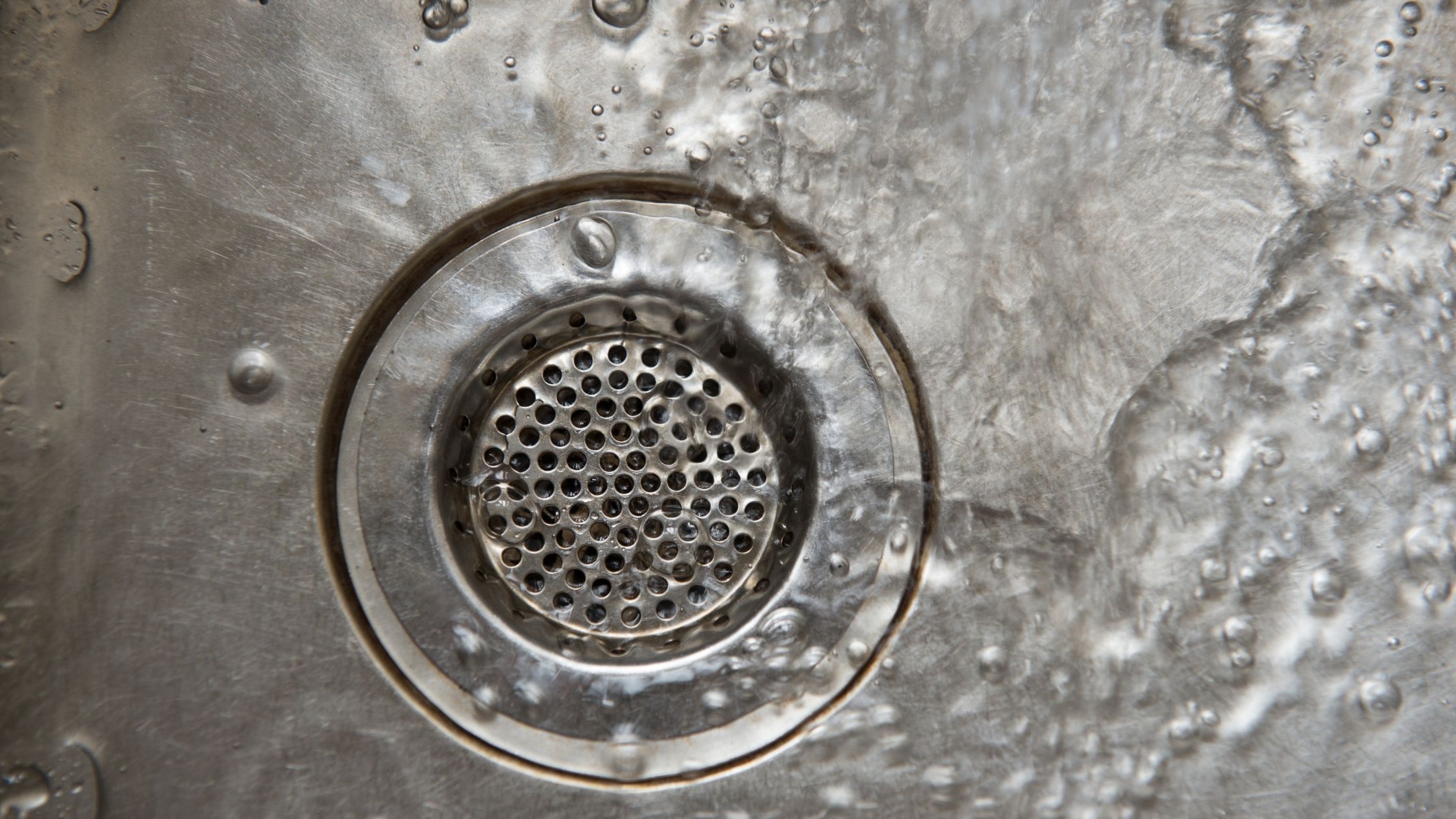

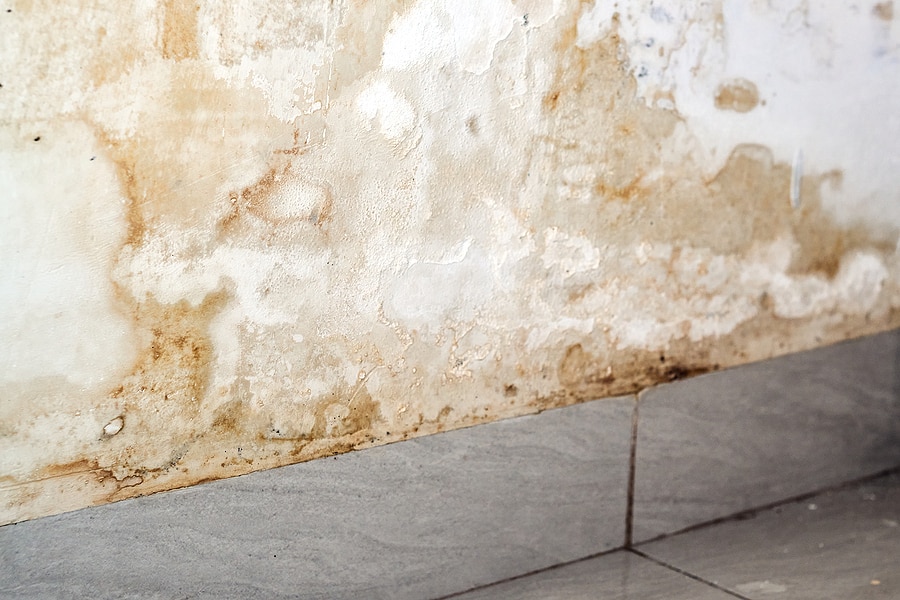





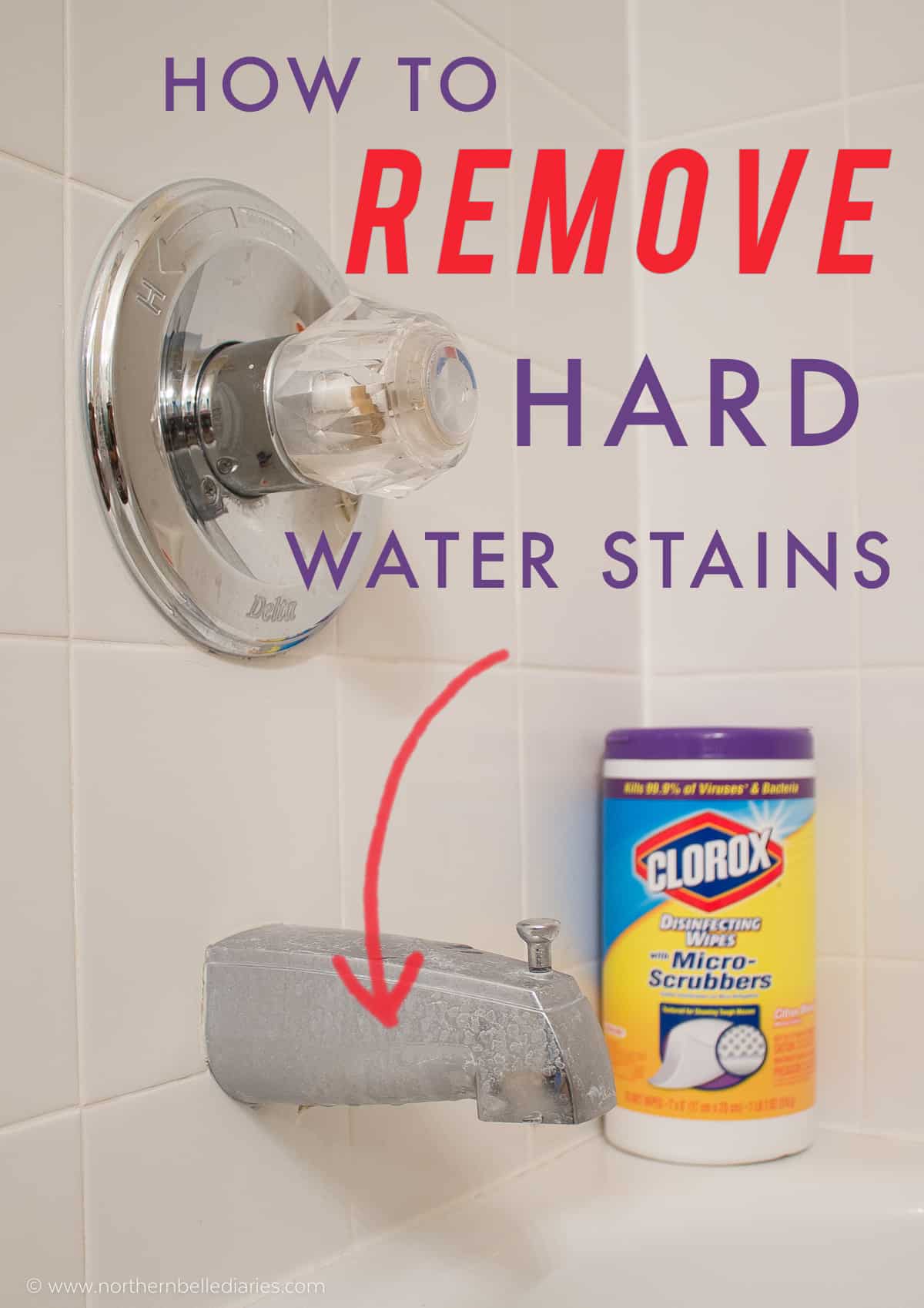
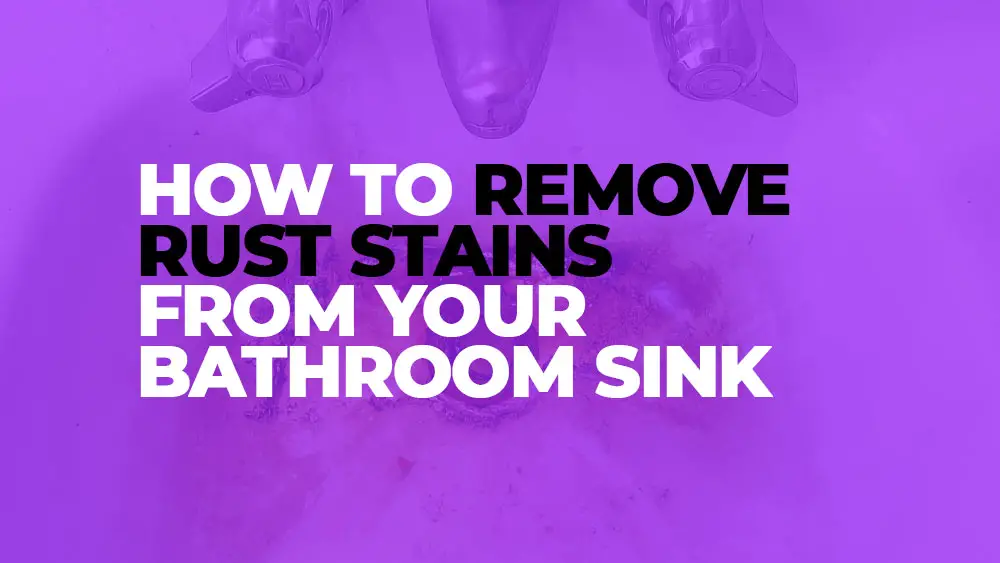
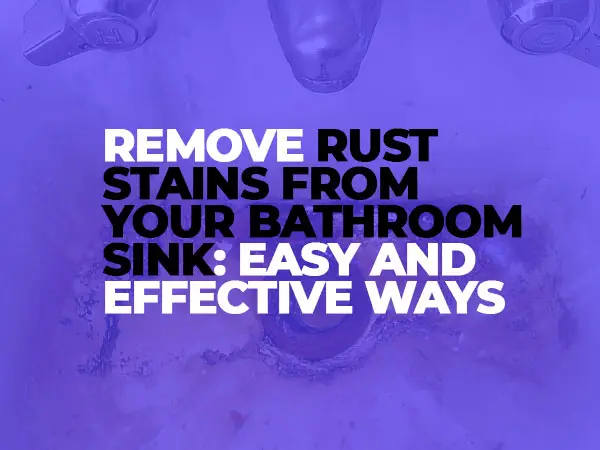



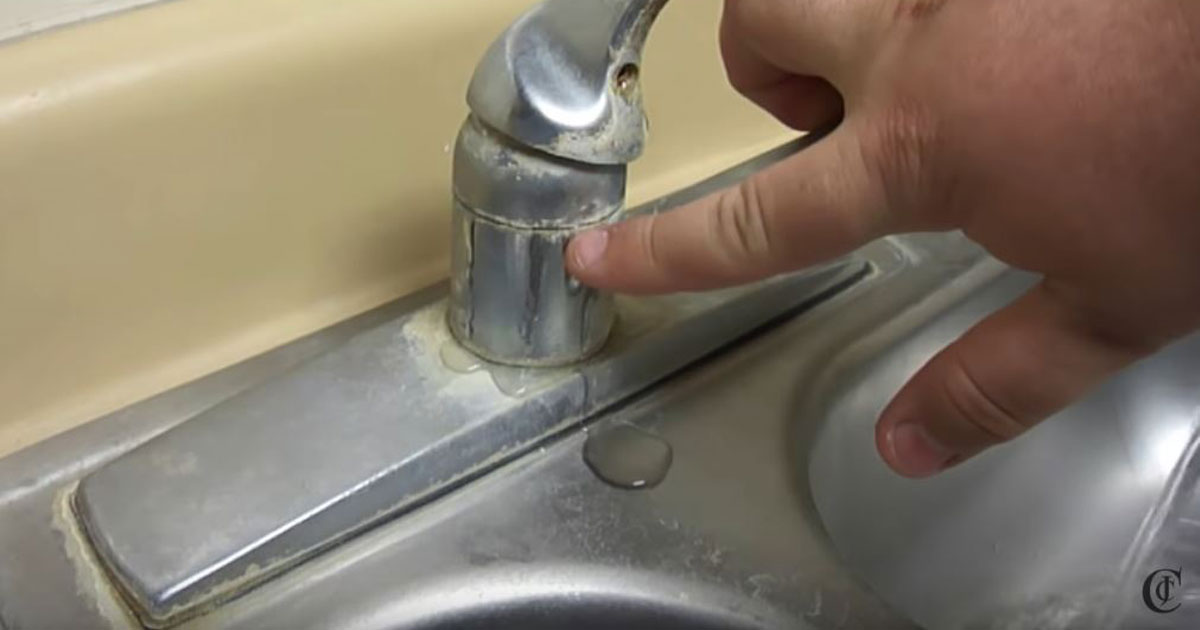


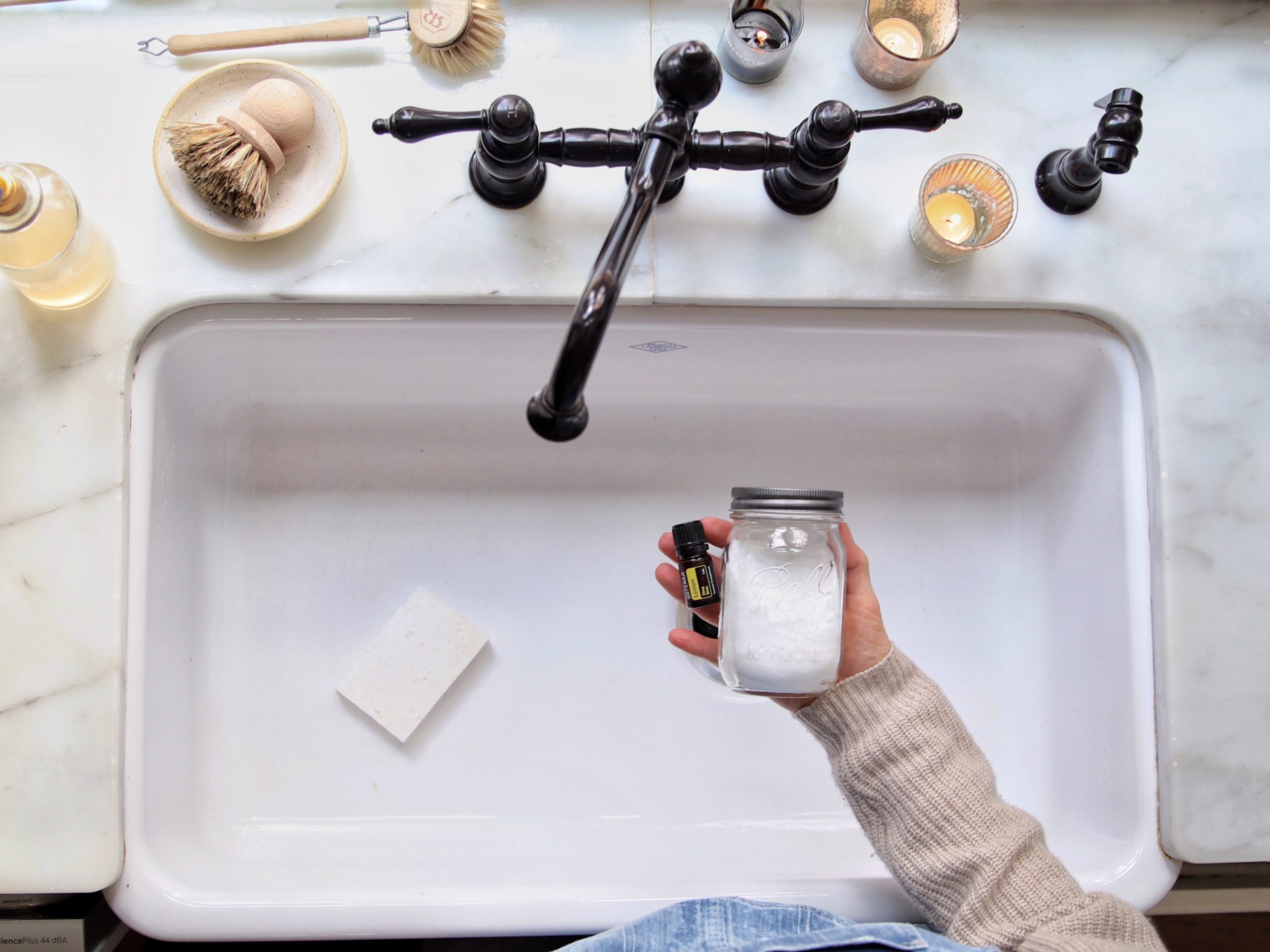


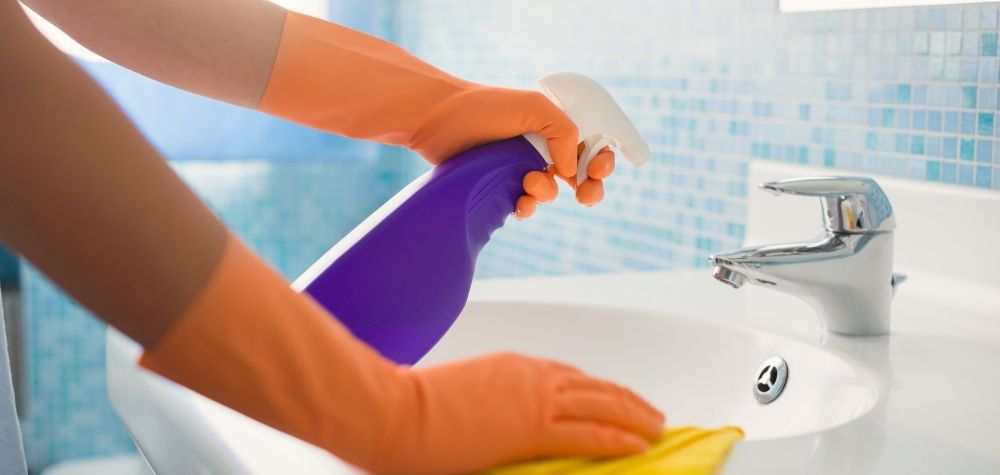





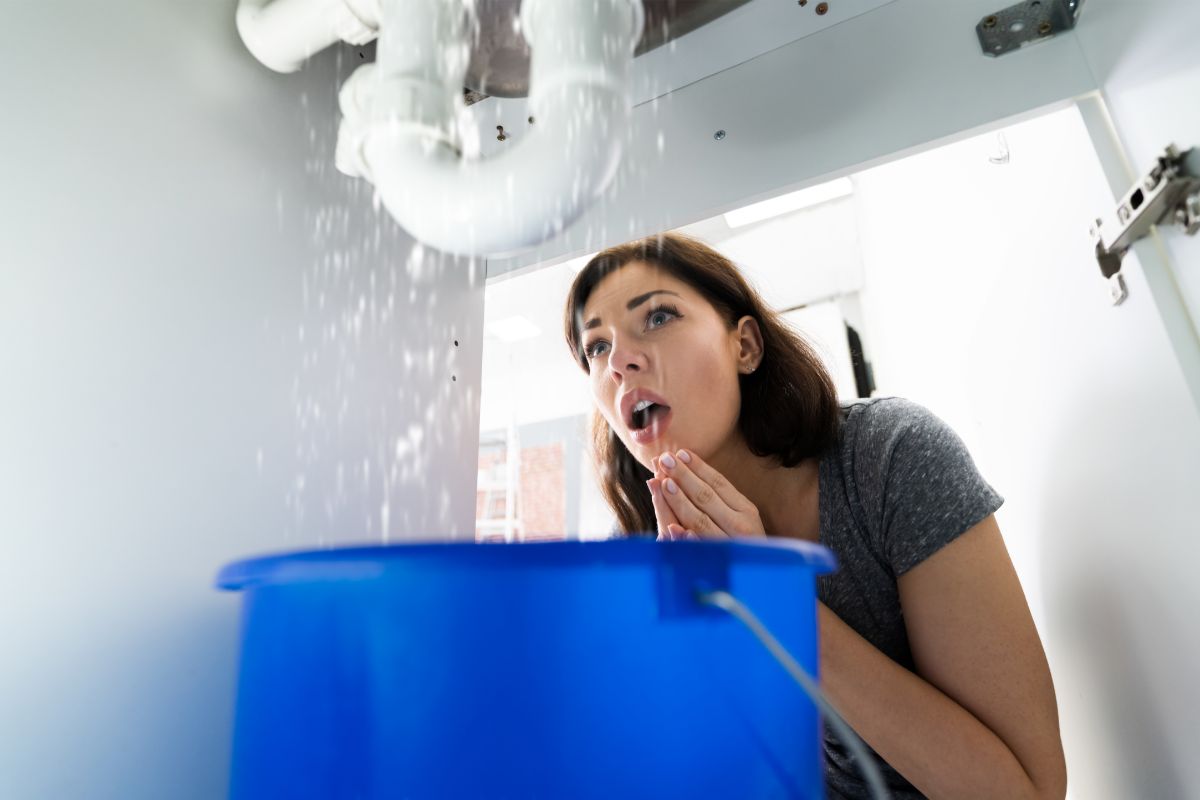





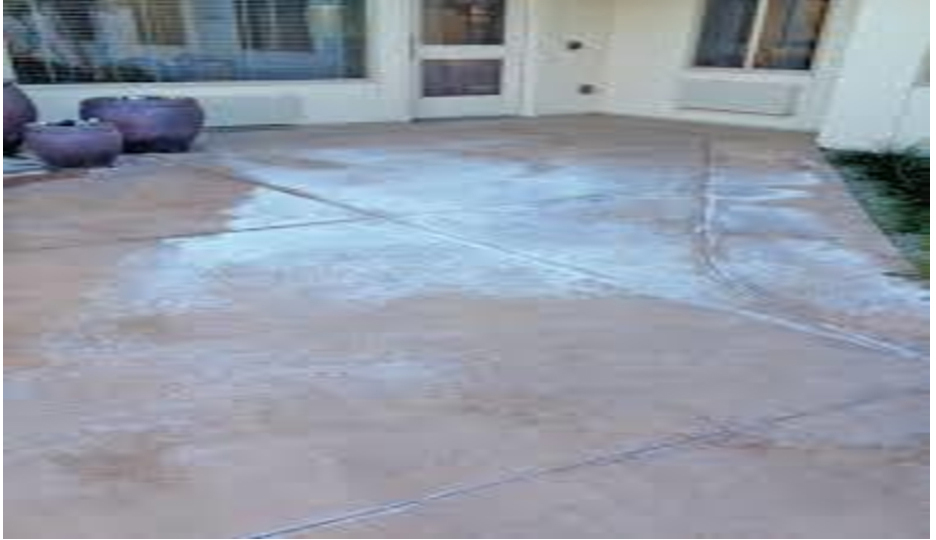
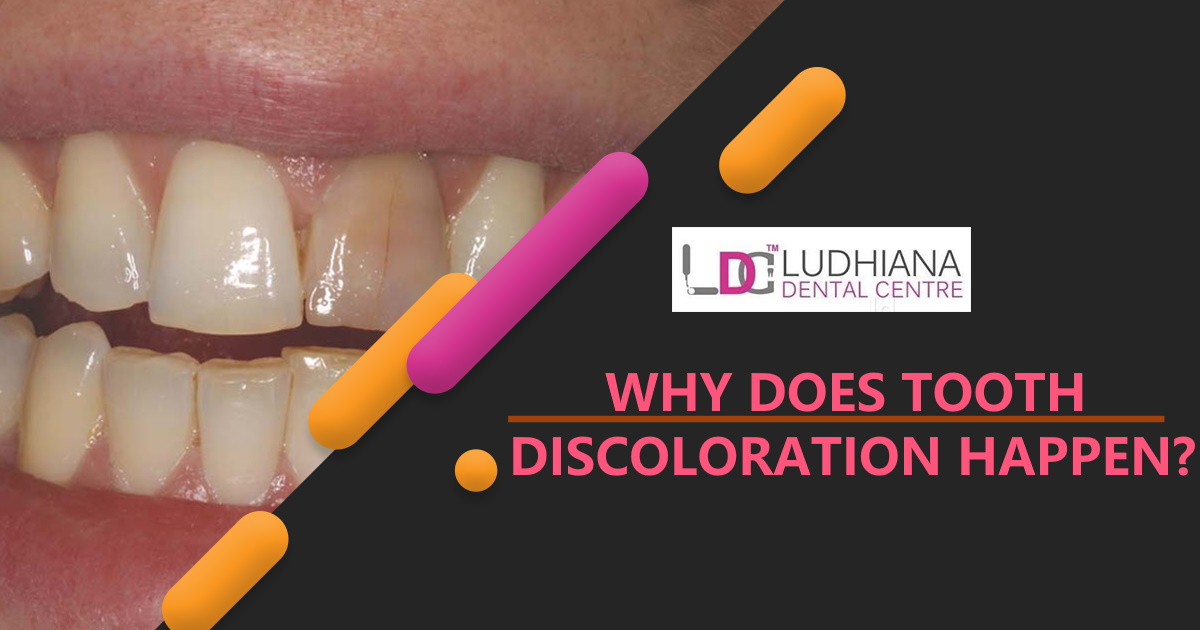
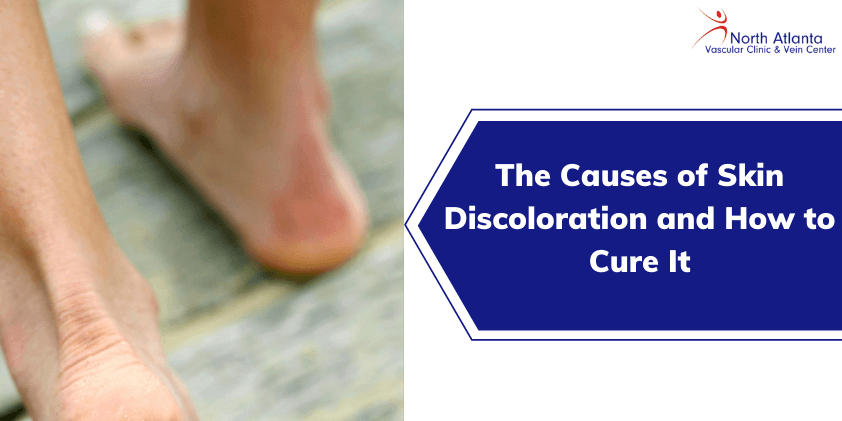
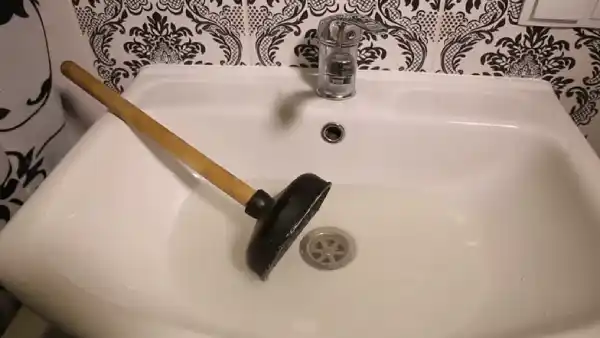




















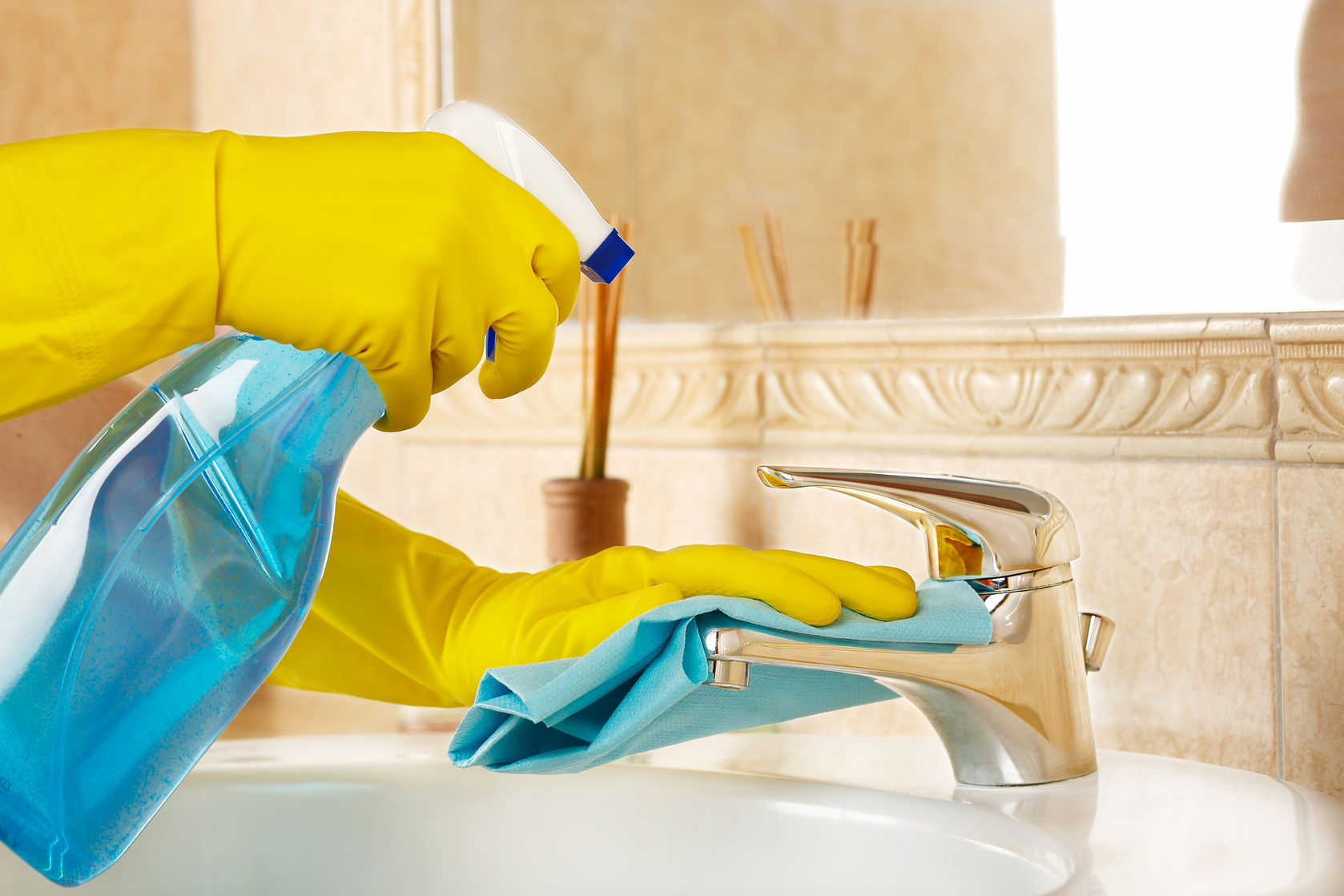
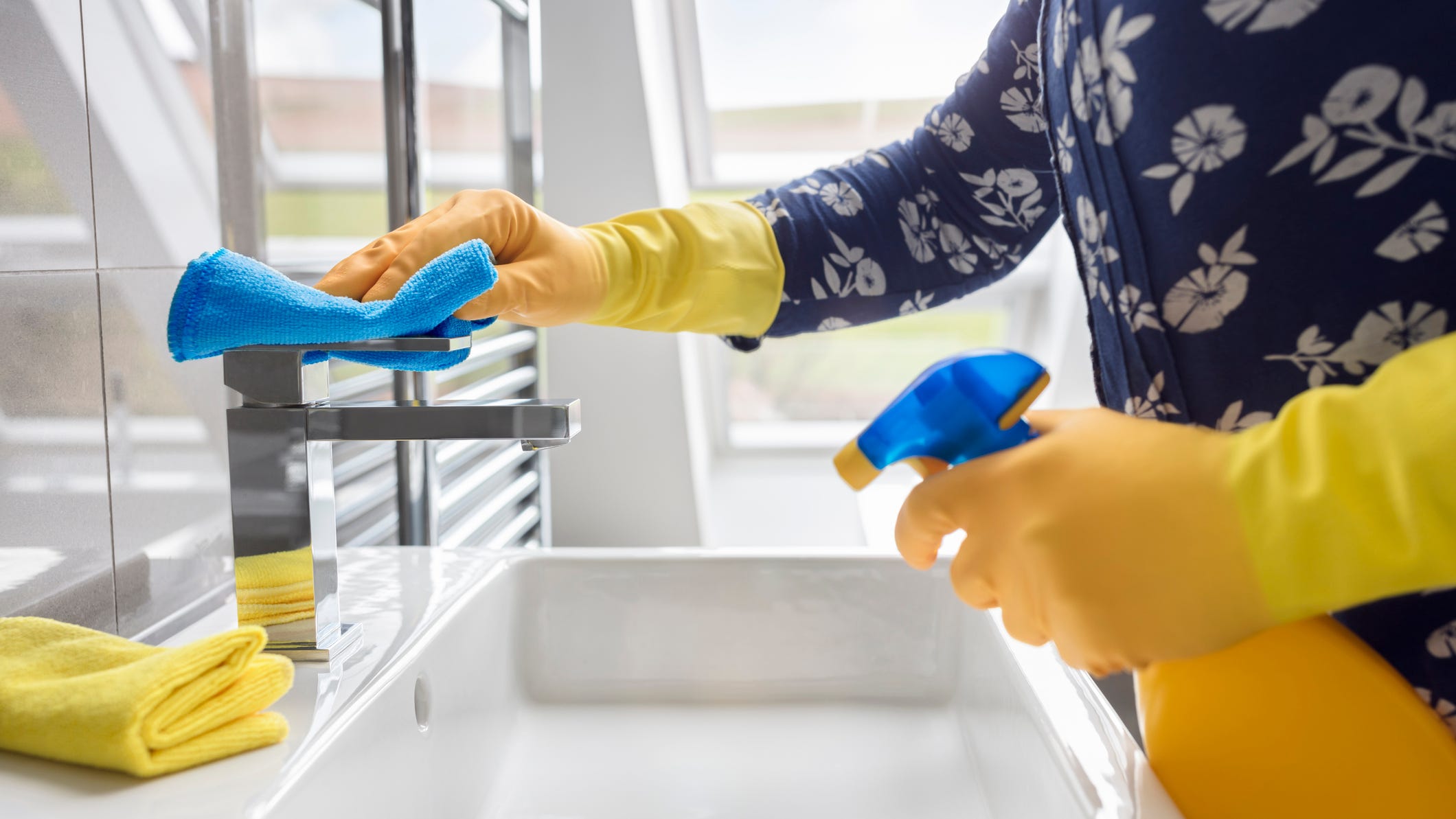


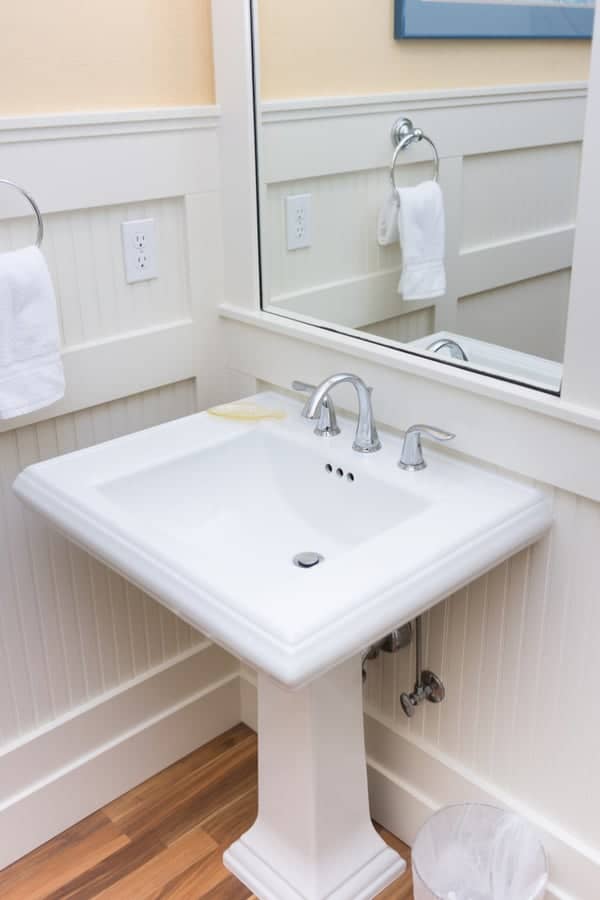

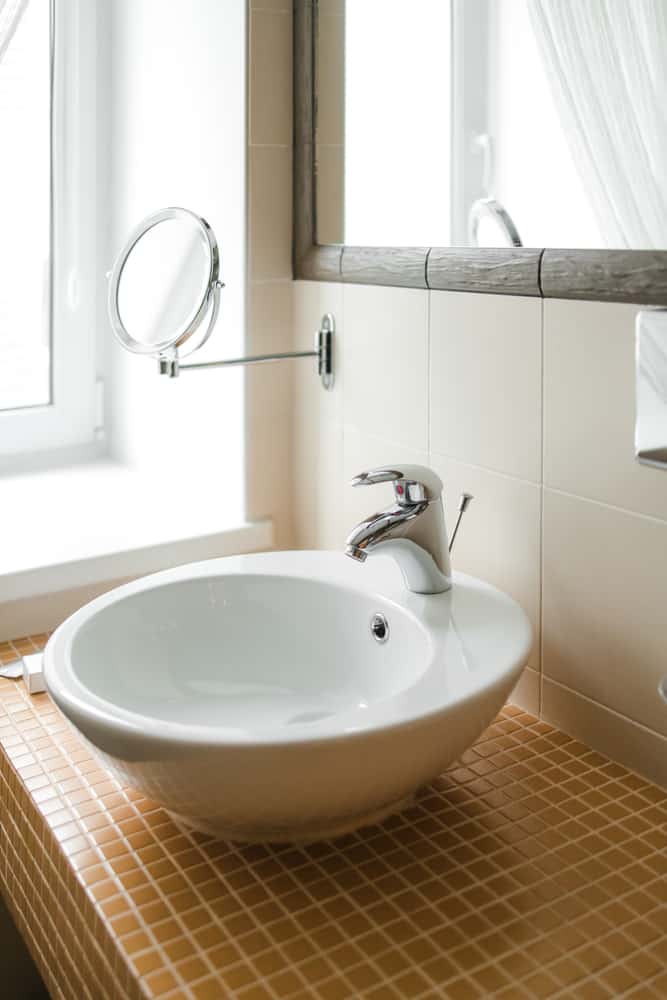


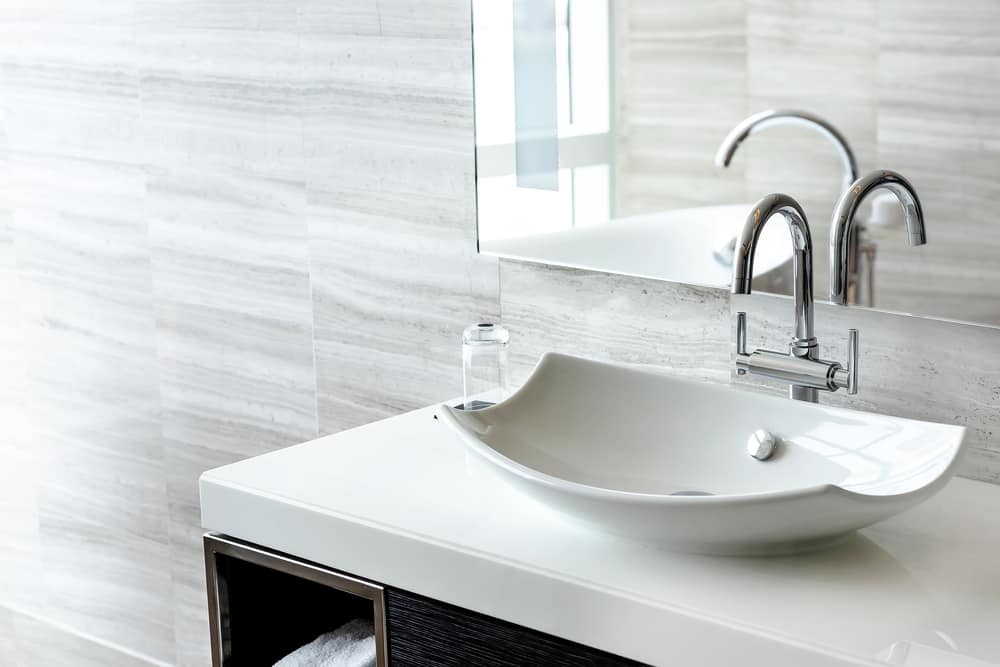

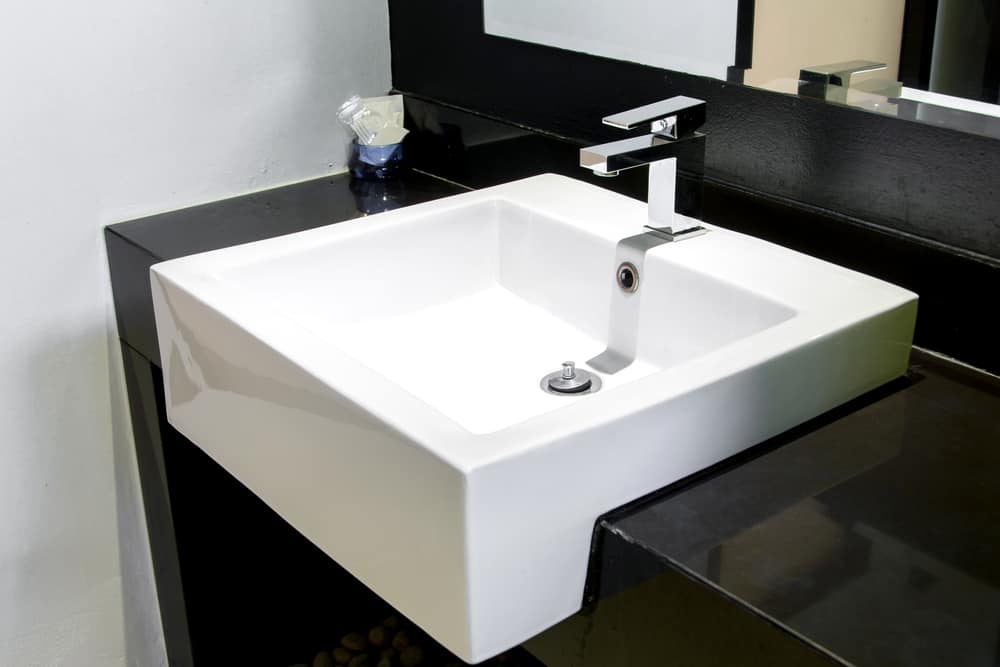
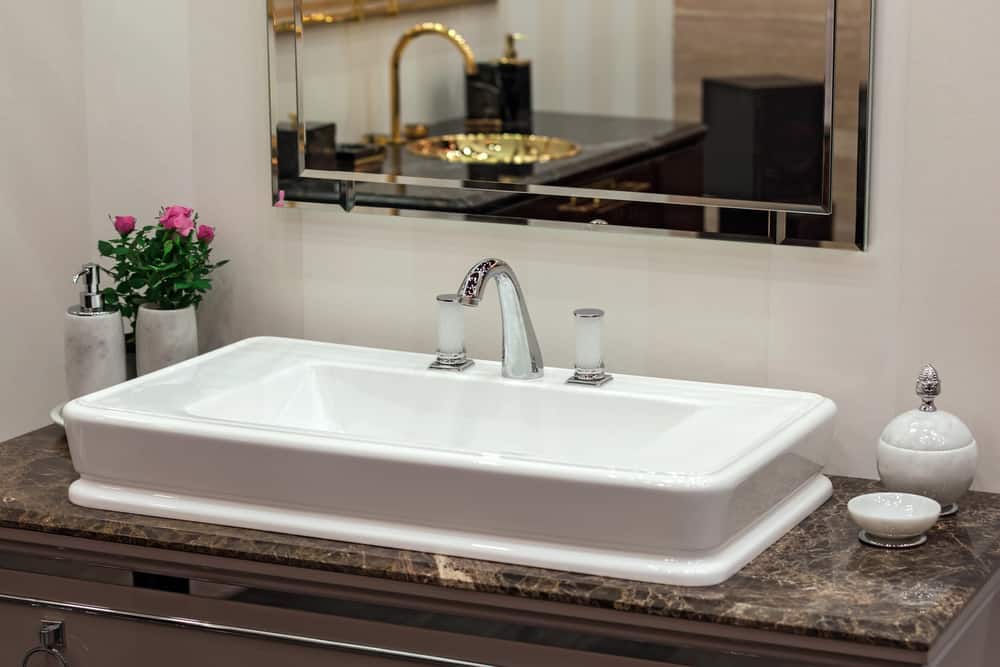
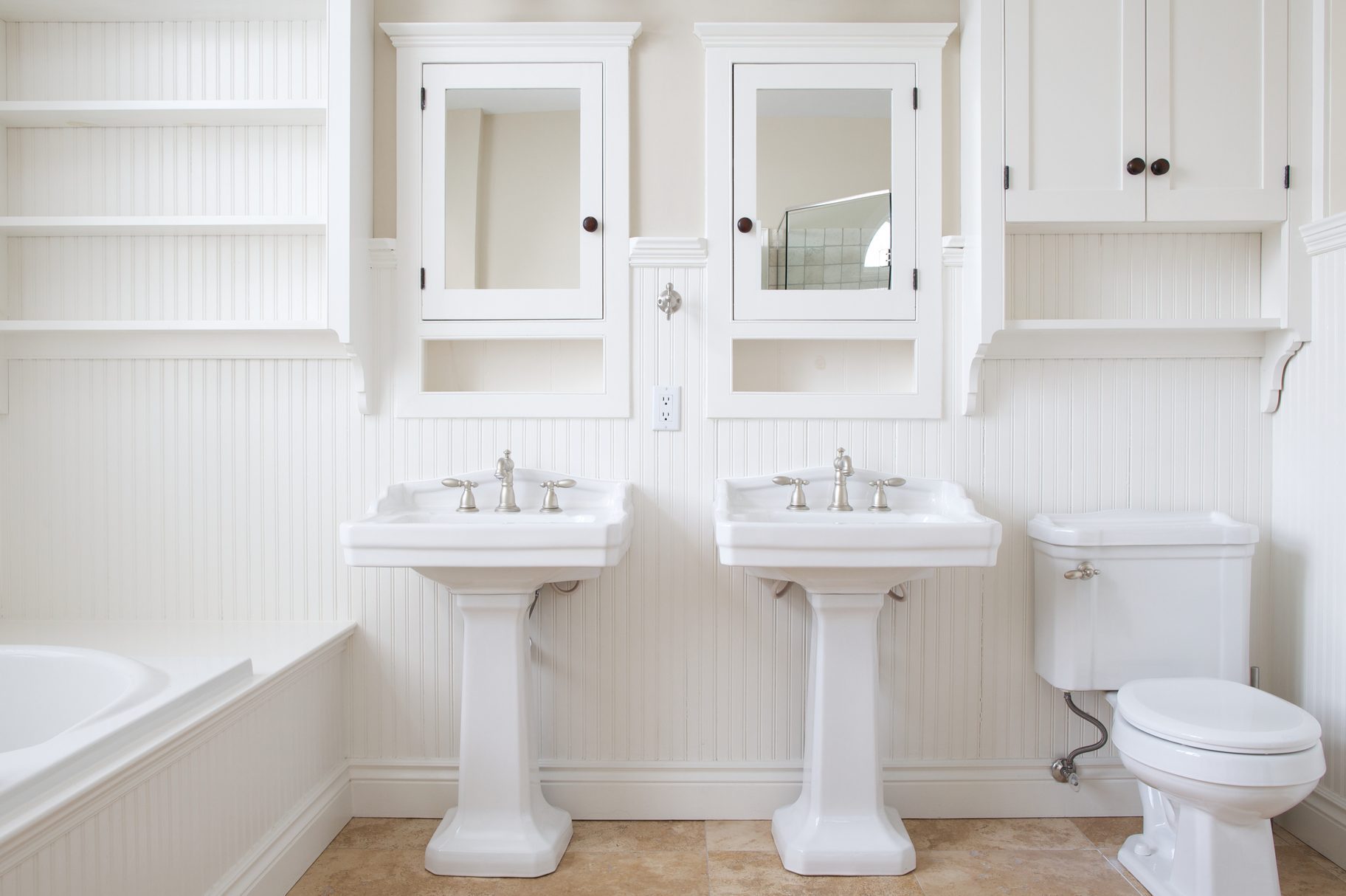

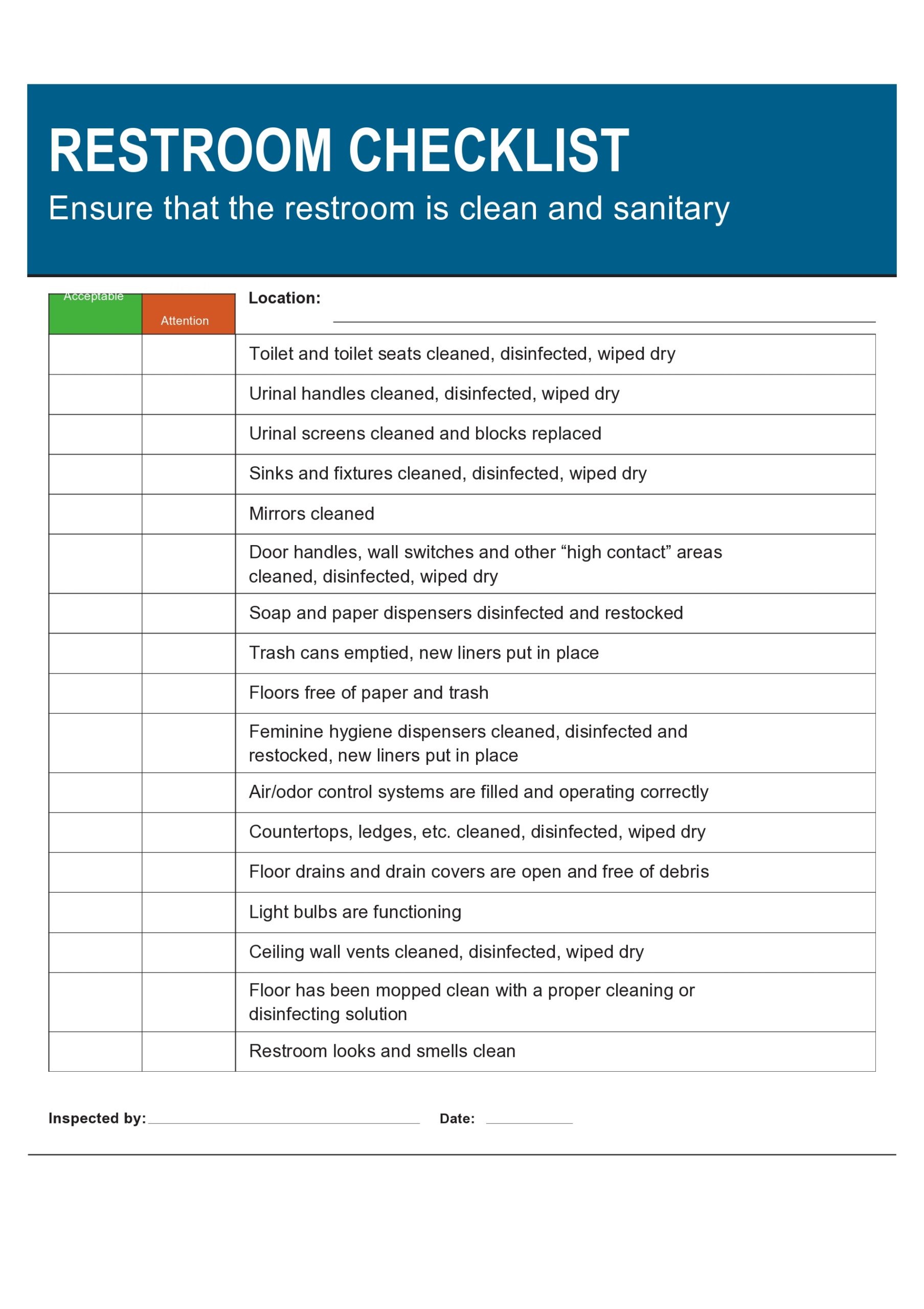



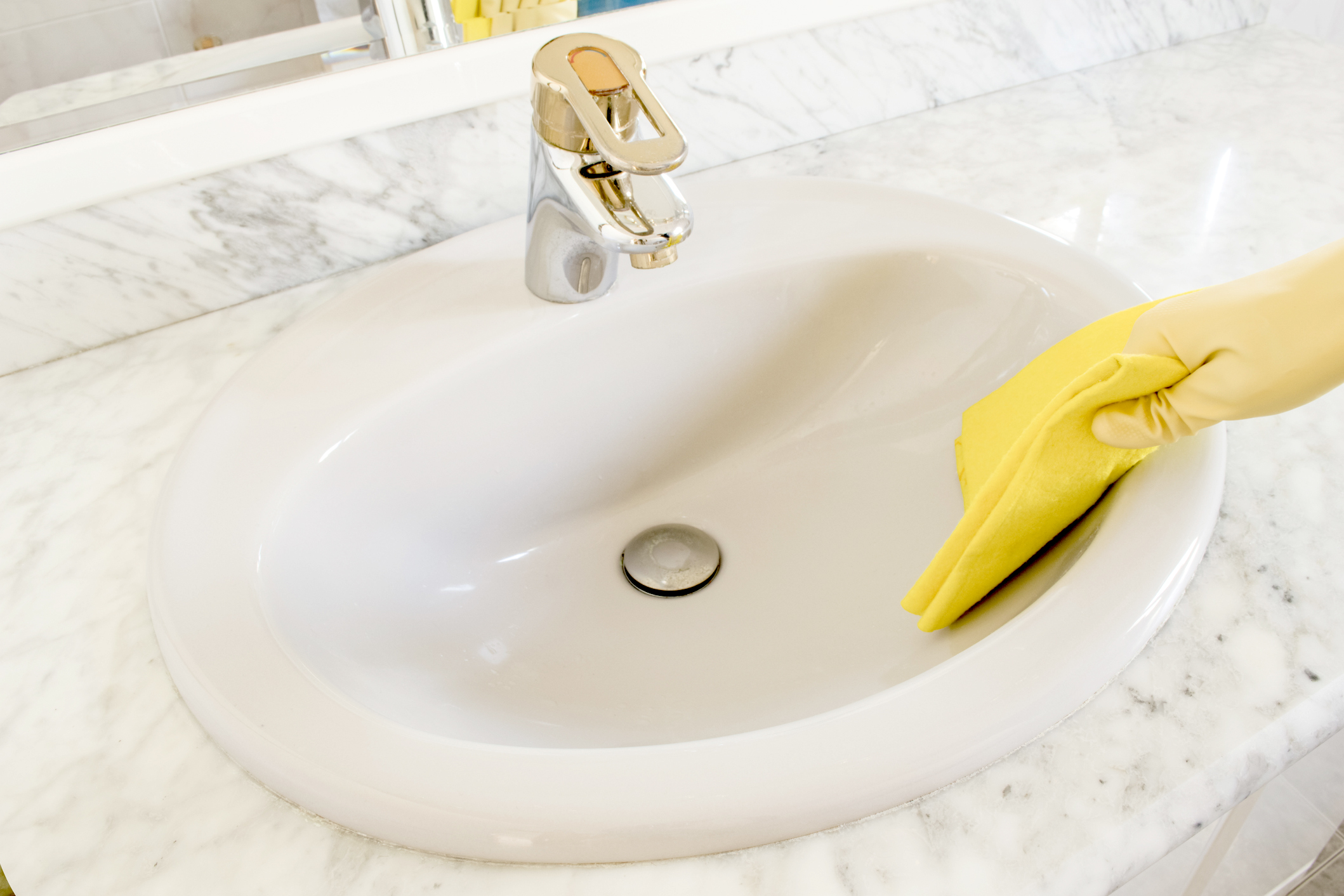


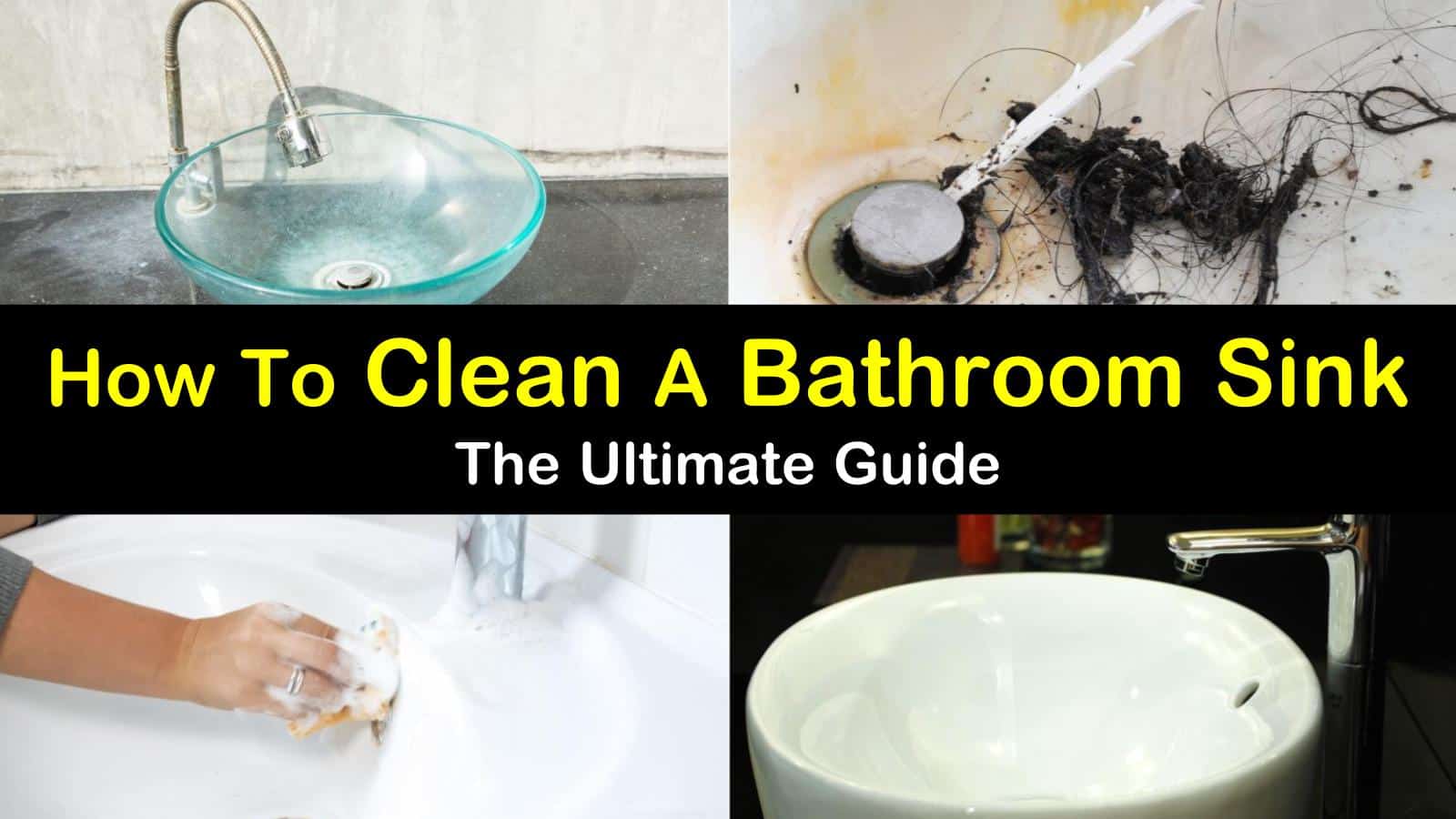
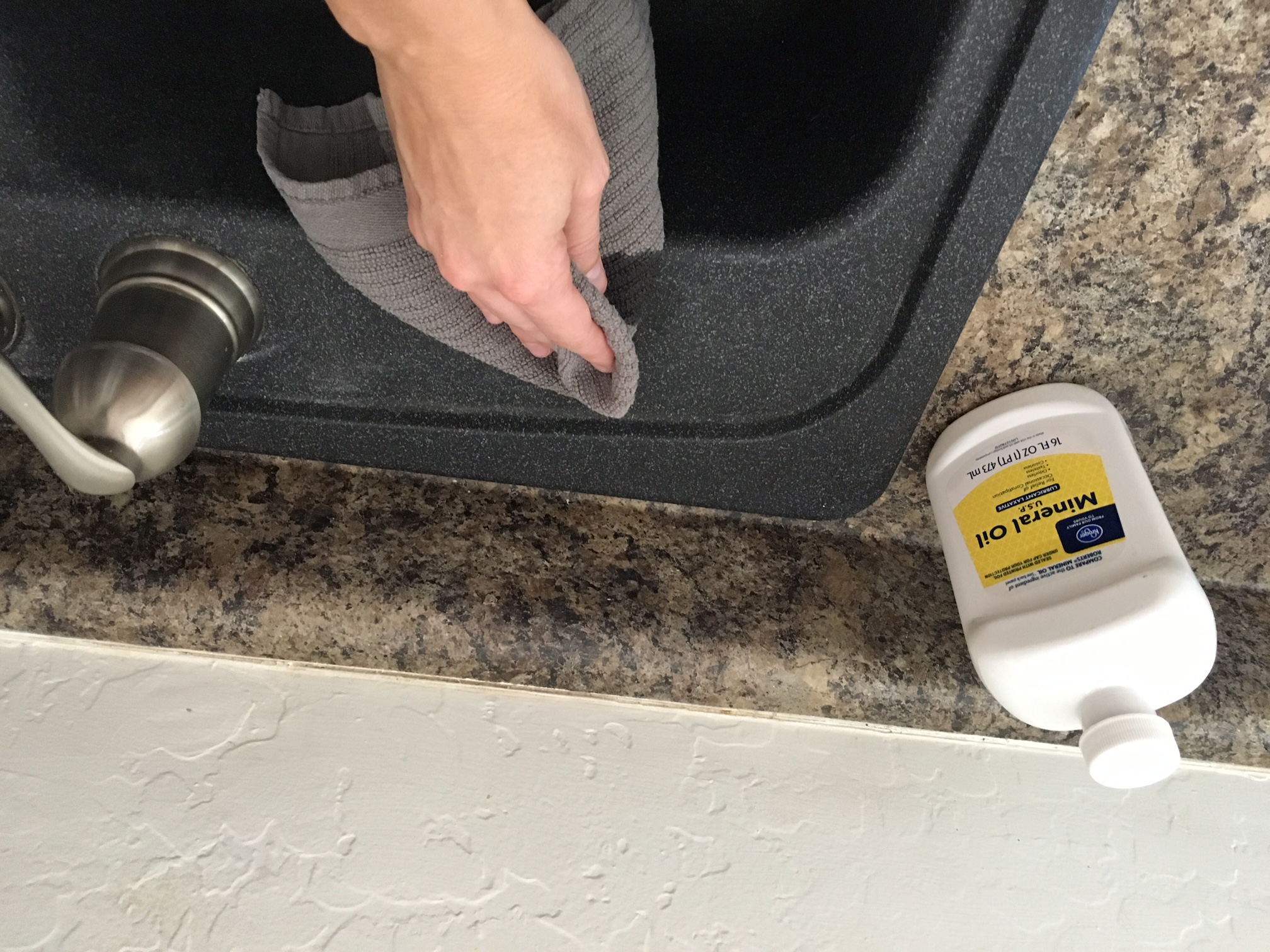
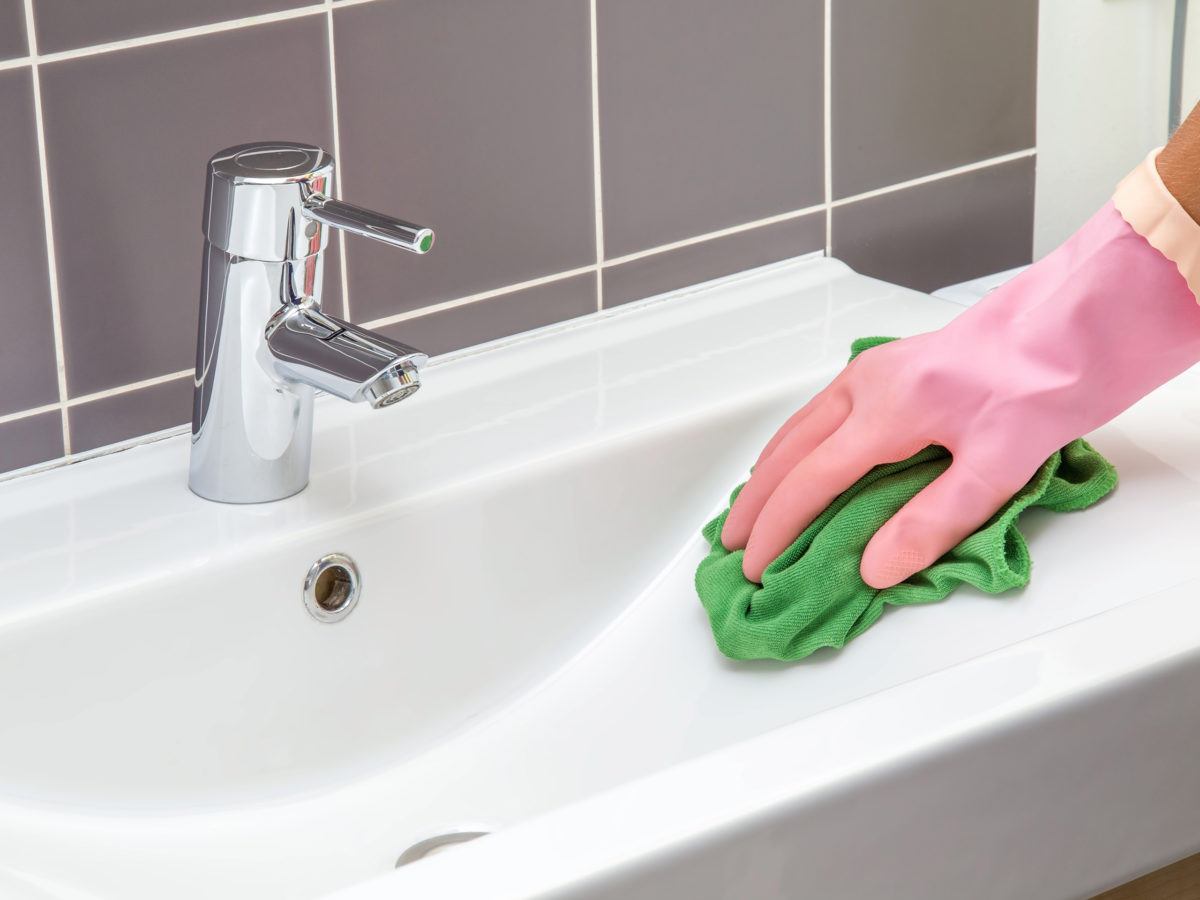




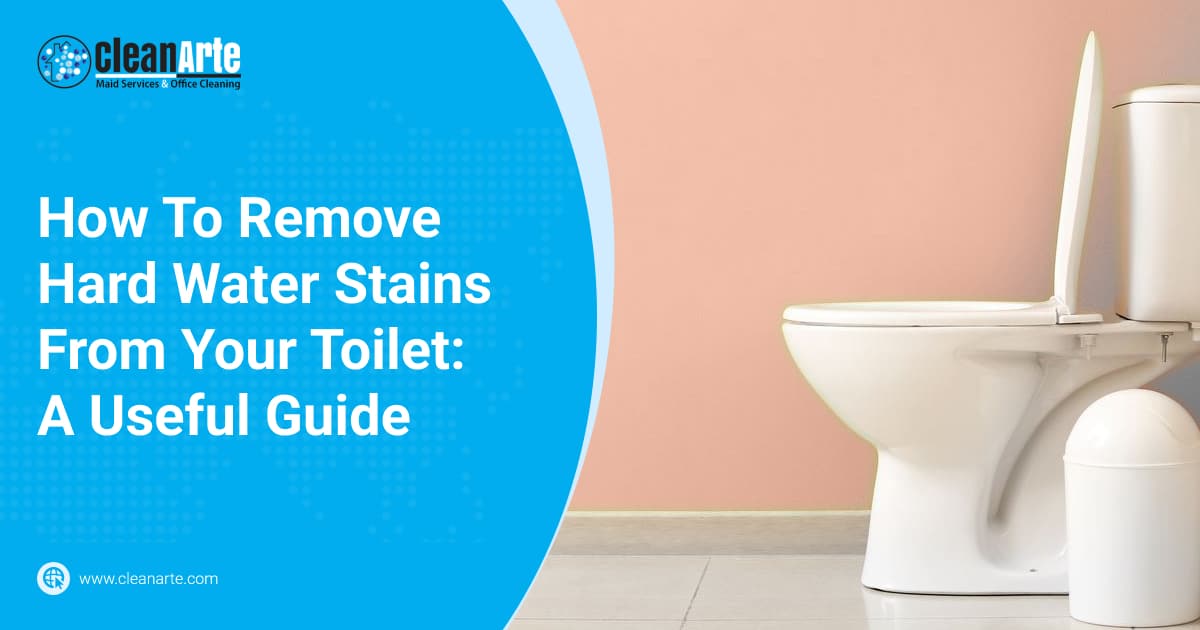









:max_bytes(150000):strip_icc()/beautiful-living-room-interior-with-colorful-area-rug--large-couch--and-abundant-natural-light-1210163723-a6f8f523c80a41b3a1272de88db0cc21.jpg)





